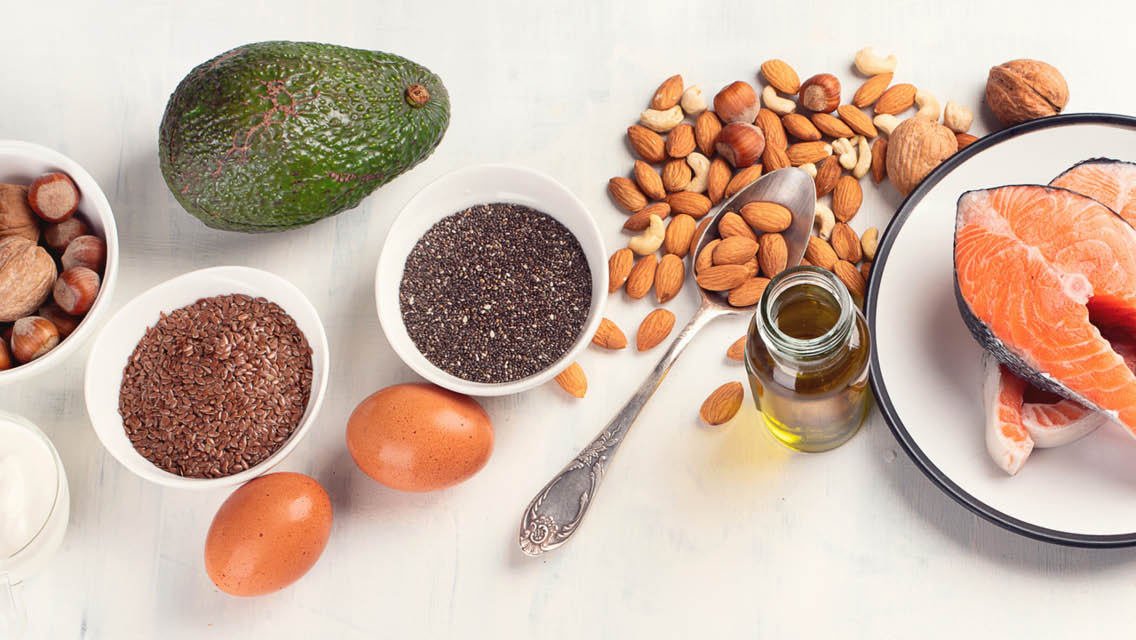Amino acids are the building blocks of proteins, and as a result, these organic chains play critical roles in muscle growth and function, says Christ. Of the 20 amino acids crucial for building protein — and, by extension, muscle — nine of them are considered essential amino acids (EAAs), meaning your body can’t produce them on its own and must get them through food. “When protein is consumed, it’s broken down into individual amino acids, which then work to synthesize new proteins, or muscle,” explains Anika Christ, RD, a Life Time registered dietitian, sports nutritionist, and personal trainer.
Each of these EAAs plays a unique role relating to muscle synthesis, growth, and repair. But not all protein sources contain all the EAAs. In other words, even if you hit your protein goals each day, you may not be ingesting all or enough of the amino acids needed to support your muscles.
Animal sources are considered complete proteins because they contain all the EAAs. There are a few plant-based sources of complete proteins, but these may not contain as much protein per serving as animal sources; vegans and vegetarians should aim to consume a variety of plant-based proteins or consider adding a supplement to ensure they get the right amount of EAAs.
One subgroup of EAAs, known as branched-chain amino acids (BCAAs), is particularly popular as a supplement and stands out for its muscle-building properties. The BCAAs are leucine, which stimulates muscle protein synthesis; isoleucine, which boosts energy; and valine, which promotes muscle growth and tissue repair. BCAAs are commonly taken as a workout supplement, before or after exercise.
Tips to Optimize Your EAA Intake
- Meat, poultry, fish, eggs, and dairy are complete proteins.
- Quinoa, buckwheat, soy, and hempseed are also complete proteins, though they may not offer as much protein as animal foods.
- Many plant-based protein sources, including nuts, seeds, legumes, and vegetables, are incomplete proteins, which means they contain some but not all of the EAAs. While this doesn’t mean you should avoid them, be sure to eat a combination of them over 24 to 36 hours to get your complete fill of amino acids.
- BCAA and EAA supplements can be wise additions to your diet if you follow a vegan or vegetarian diet, or if you otherwise struggle to get enough amino acids.
(For more on amino acid supplements, visit “Essential Amino Acids: How to Choose and Use Them Wisely.”)





This Post Has 0 Comments